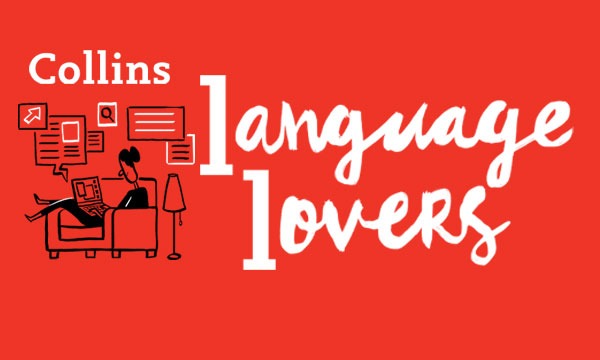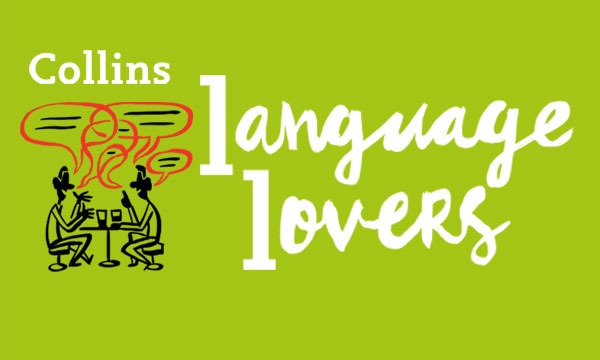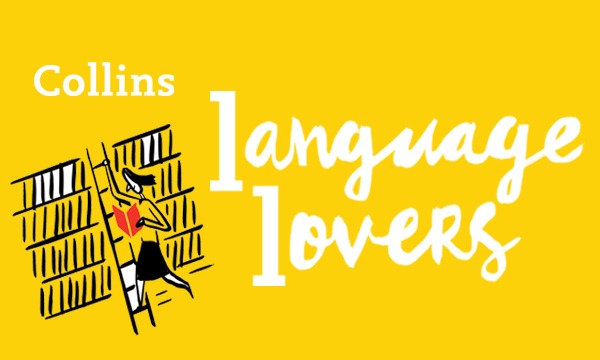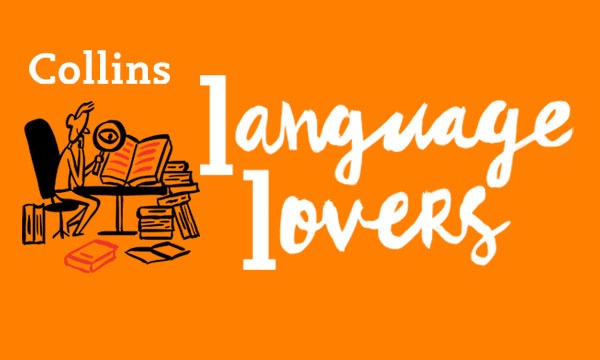Love is in the air! With Valentine’s Day upon us and a brand-new Bridget Jones film set to grace our screens, it’s the perfect time of year to settle in with candles, your favourite food, and a classic romantic comedy.
Romantic comedies, typically shortened to the much snappier romcoms, have long held a special place in the hearts of romantics around the globe, thanks to their heady mix of humour, heartache and, of course, happily ever after. The romcom genre thrives across all formats, from classic Hollywood blockbusters such as When Harry Met Sally and Crazy Rich Asians to bestselling books from authors like Lindsey Kelk, Emily Henry and Sally Thorne.
Few characters embody the modern romcom like Bridget Jones, the hapless but loveable heroine of the mega franchise and Helen Fielding’s bestselling books. ‘Our Bridget’, as her friends and creepy uncle call her, and her Mr Darcy are icons of the 21st-century romcom. Her escapades – filled with awkward encounters, self-deprecating humour, and the ultimate quest for true love as a single woman in her 30s (then 40s, then 50s) – epitomise the language and themes that define the genre.
But where did all the words, phrases and tropes of romcoms come from? How have terms such as ‘meet-cute’ and ‘love triangle’ become the staples of the much-loved genre? In this blog, we’ll explore the linguistic evolution of romcom, following the journey from courtly love to Bridget herself. Grab a glass of Chardonnay, and let’s begin.
Once upon a time …
Romance and comedy, a match made in heaven? Your answer depends on how much you enjoy your love life being a joke, or if you prefer to live vicariously through fiction.
Romantic comedy is a perfect blend of two distinct ideas. The word romance ultimately comes from Latin, and when it came into the English language in the late 13th/early 14th century, it referred to chivalric tales of marvellous adventures and heroic deeds. The word romantic, which came into popular use in the mid- 17th century, comes from the French romantique, meaning pertaining to a romance. By the 1800s, the romance novel was quickly picking up speed.
Comedy, on the other hand, has its roots in the Greek kōmōidia, meaning revelry or an amusing spectacle. Several of Shakespeare’s comedies could be viewed as the earliest romcoms, centuries before the term existed. For example, Much Ado About Nothing revolves around mistaken identities, witty banter, and lovers overcoming obstacles – popular tropes that can be found in many modern romcoms.
While early 20th-century Hollywood may have perfected the romcom formula, fans of classics may also see threads of romcoms in the work of Jane Austen, who was a master of the misunderstanding and happily ever after. Her work has inspired many modern romcom spinoffs and of course, Pride and Prejudice was the inspiration for Bridget Jones’ own Mr Darcy – and that fantastic fountain brawl between Colin Firth and Hugh Grant in the original film.
Tropes, the foundation of all great love stories
While romantic clichés are often tired and overdone, a trope – defined as a recurring theme, image, or plot device found in a work or genre of literature – might be viewed in a more positive light. A trope provides a formula for writers to follow that will appeal to readers and viewers who have come to love these familiar conventions. There are many tropes in the romcom genre. For Bridget Jones, the three most striking tropes are meet-cutes, love triangles and the Happily Ever After (also known as HEA).
Let’s start with the meet-cute. One of the most beloved tropes, a meet-cute is a way in which two people come to meet in unusual circumstances or through an odd quirk of fate. In Bridget Jones’s Diary, the first time Bridget and Mr Darcy meet – as adults that is – is at the unforgettable turkey curry buffet, with Mr Darcy in the infamous Christmas jumper, soundtracked with the ever-so-romantic bickering over gravy (“just stir it, Una!”). The term meet-cute is thought to have originated in early Hollywood screenwriting jargon, where it described the pivotal moment when two future lovers first cross paths in a charmingly clumsy manner.
Next, the love triangle (aka eternal triangle). While the new Bridget Jones film promises an exciting new man, who could forget the passionate rivalry between Mr Darcy and Daniel Cleaver? This particular trope has literary roots that go back centuries. Shakespeare employed it as a tool to heighten tension between lovers, such as in A Midsummer’s Night’s Dream, where mismatched affections create comedic confusion. Austen, too, frequently employed love triangles to challenge social expectations where Elizabeth Bennet must choose between Darcy and the charming but deceptive Wickham (*cough* Cleaver). This trope cemented itself in the romcom lexicon in the 20th century, with famous examples including My Best Friend’s Wedding, He’s Just Not That Into You and The Wedding Planner.
Finally, we have the happily ever after. The best romantic comedies are built on the rose-tinted promise of a happily ever after, no matter how messy things may get. Rooted in beloved fairy tales, the happily ever after signals a triumphant ending for our star-crossed lovers. Though modern romcoms sometimes subvert this expectation, it remains a key feature of the genre, offering viewers a satisfying conclusion – whether it’s delivered in a grand boombox gesture, a tense race through the airport, or a romantic kiss in your underwear in the snow.
The Bridget Jones effect
Few stories have had as much influence on the romcom as Bridget Jones’s Diary. The 1996 novel which inspired the much-loved films has had a significant impact on the genre.
Take the format, for example. The stylistic choice to show us Bridget’s life through the lens of her very personal, very honest diary shaped romcom storytelling, normalising first-person narratives that provide an intimate view into our protagonist’s inner world. Bridget Jones’ unique mix of self-deprecating humour, exaggerated worries, and affectionate slang made romcoms feel more relatable than ever.
It also sparked a whole new range of language around romcoms. It could be argued that one of Fielding’s most enduring linguistic contributions is the term singleton, used to describe an unmarried person navigating the highs and lows of modern love. This playful word quickly gained new life and entered pop culture, positioning single life and time spent with close friends as something worth celebrating … even if Bridget herself sometimes felt otherwise.
The newest Bridget Jones films have also been able to tap into modern tropes and changes in the word of dating. Which, of course, comes with its own set of new vocabulary. Take ghosting, for example. In the 1990s and early 2000s, many mysterious disappearances and communication misfires could be explained by landline phones and missed voicemails. Now, we’re more connected than ever, which means when a romantic interest suddenly cuts contact, the effect is more obvious and brutal. Ghosting is defined as the act of ending a romantic relationship by not responding to attempts to communicate by the other party – usually worsened by being left on ‘Read’.
Other modern romcom terms include enemies-to-lovers and situationships. For Bridget, her initial interactions with Mr Darcy clearly set them up as enemies. She hates his snobby behaviour and ‘better than you’ demeanour, while he thinks she’s perfect exactly as she is, except she doesn’t know that. Oops. The term itself has gained popularity in recent years, particularly in the romantasy genre, where it’s often used to describe the delicious tension between two characters who begin as rivals but eventually fall madly in love.
A situationship is a relationship that exists in a grey area – more than a typical friendship but lacking clear definition, thus leading to major romantic misunderstandings. Romcoms have long played with this idea (think Harry and Sally’s prolonged uncertainty in When Harry Met Sally), but the term itself reflects a shift in how relationships are discussed in the 21st century.
Now for the happily ever after …
The language of romantic comedies is ever evolving, shaped by cultural shifts, audience expectations, and the messy realities of love itself. From Shakespearean misunderstandings to Bridget Jones’ iconic diary, each romcom era brings new terms and tropes that reflect society’s collective experiences with romance.
As the way we find love in the modern world and dating culture continues to evolve, so too will romcoms. Perhaps the next great romance will introduce a new trope that captures the quirks of modern love, just as meet-cutes and singletons did before. Until then, we’ll keep rooting for our favourite romcom heroes – one awkward encounter at a time.
By Rachel Quin
Rachel Quin is a freelance marketer and copywriter with a love of language, books and cats.
All opinions expressed on this blog are those of the individual writers, and do not necessarily reflect the opinions or policies of Collins, or its parent company, HarperCollins.



